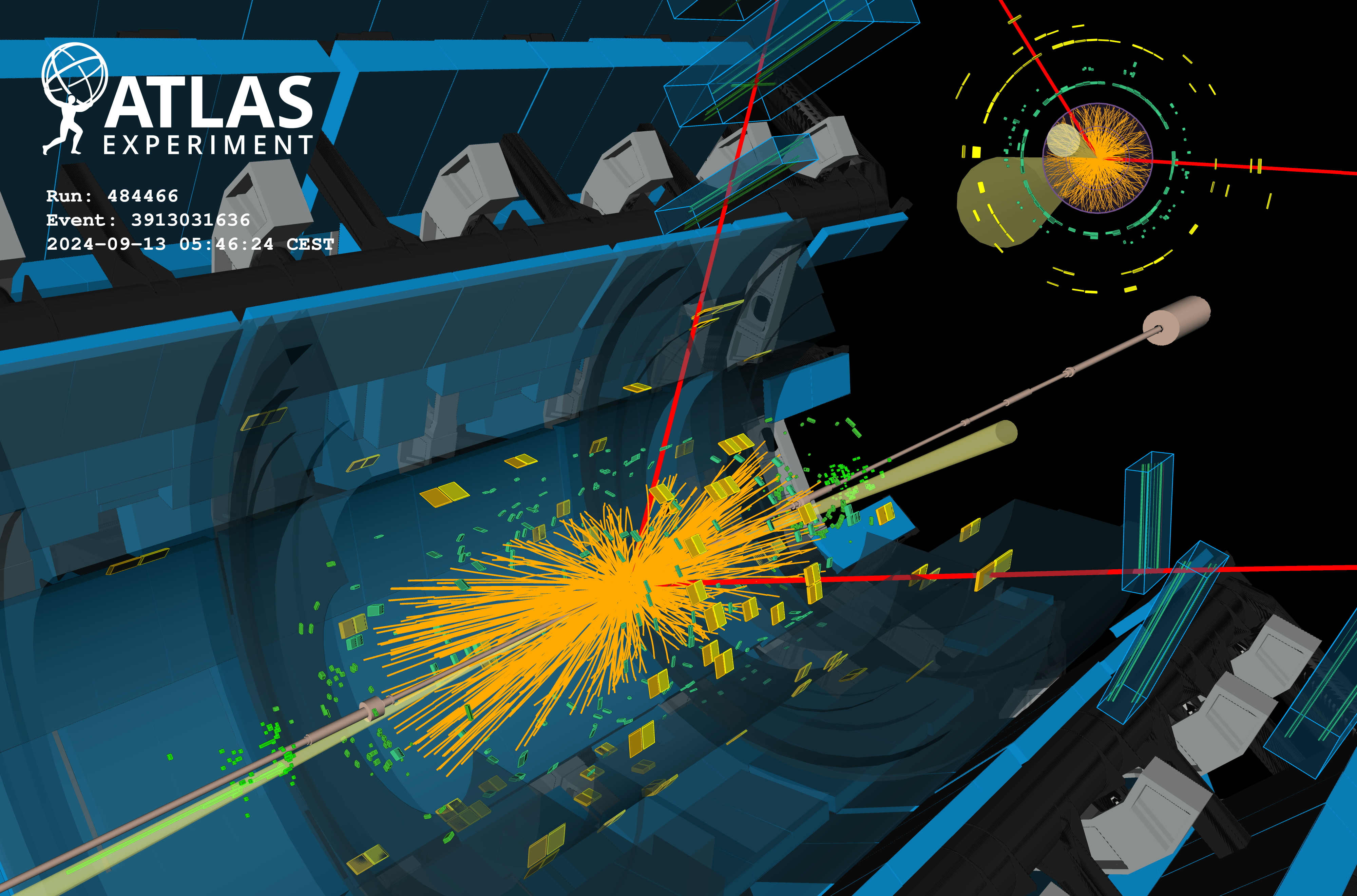Join the Higgs Hunt
1 December 2014 | By

Higgs Hunters, the first particle physics venture on Zooniverse, a citizen science project, has been launched in collaboration with the University of Oxford, New York University and the ATLAS Experiment. Higgs Hunters invites online volunteers to participate in studying the properties of the new boson, which may hold clues as to what lies beyond our current understanding of the universe.
Discovered jointly by the ATLAS and CMS experiments in 2012, the Higgs boson, with a mass of 125 GeV, is extremely unstable and decays into lighter particles almost as soon as it is produced. By studying the tracks left in the detector by the lighter particles, scientists are able to reconstruct the properties of the boson, and to confirm or disprove predictions of various theories. Some of these theories predict the existence of a whole new class of particles that only interact with the Higgs boson and hence have not yet been observed.
Higgs Hunters provides participants with images of particle collisions delivered by the Large Hadron Collider in the ATLAS detector. These images show tracks of particles, which usually start from the centre. Sometimes, tracks start off-centre and this could be a sign of an invisible, neutral particle that escaped from the collision point and decayed elsewhere. The provided images have been analysed by computers but this will be the first time that they will be subject to human scrutiny.
"Anything unexpected that volunteers spot will be given special attention by scientists when the LHC restarts at a higher energy level next year. It would be amazing if the next big discovery about the fundamental building blocks of the universe began with someone sitting at home saying 'That looks weird'," says Alan Barr, professor of particle physics at Oxford University.
Abha Eli Phoboo



